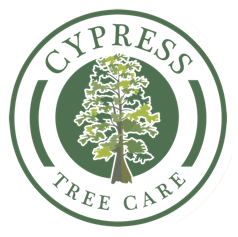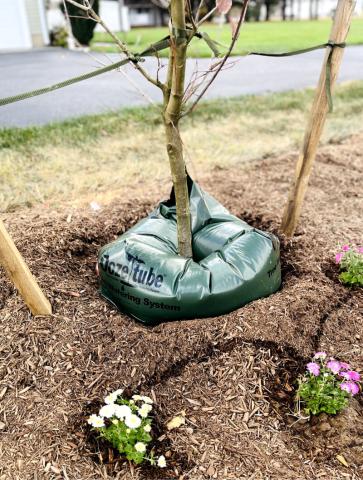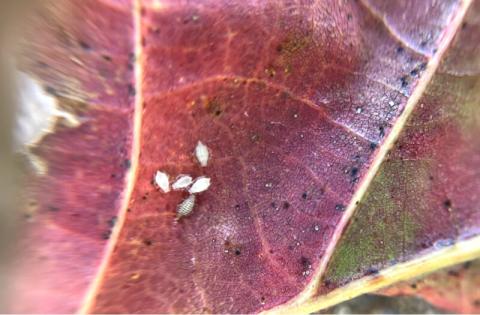Hiring an Arborist
Pruning large trees can be dangerous. If pruning involves working above the ground or using power equipment, it is best to hire a professional arborist. An arborist can determine the type of pruning necessary to improve the health, appearance, and safety of your trees. A professional arborist can also provide the services of a trained crew with the required safety equipment and liability insurance.
Pruning Mature Trees
Pruning is the most common tree maintenance procedure. Although forest trees grow quite well with only nature’s pruning, landscape trees require a higher level of care to maintain their structural integrity and aesthetics. Pruning must be done with an understanding of tree biology.
Improper pruning can create lasting damage or even shorten the tree’s life.
Pruning Young Trees
Proper pruning is essential in developing a tree with a strong structure and desirable form. Trees that receive the appropriate pruning measures while they are young will require less corrective pruning as they mature.
Keep these few simple principles in mind before pruning a tree:
Always have a purpose in mind before making a cut. Each cut has the potential to change the growth of the tree.
- Poor pruning can cause damage that lasts for the life of the tree. Learn where and how to make the cuts before picking up the pruning tools.
- Trees do not heal the way people do. When a tree is wounded, it must grow over the damage. As a result, the wound is contained within the tree forever.
- Small cuts do less damage to the tree than large cuts. Correcting issues when a tree is young will reduce the need for more drastic pruning later.






